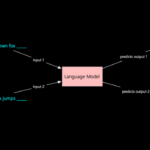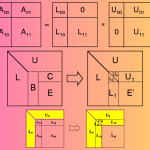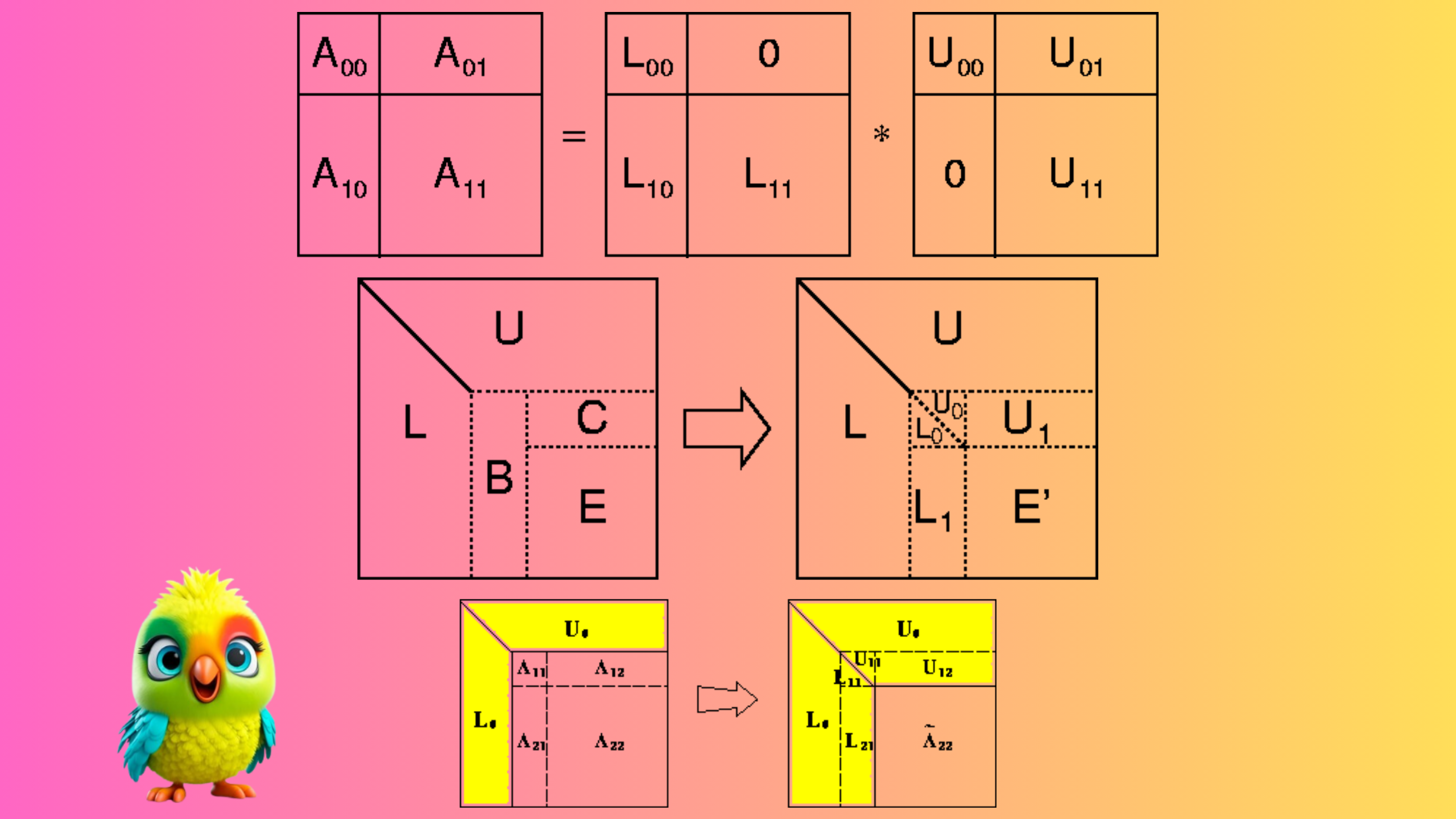Understanding the Assumptions of Linear Regression
Linear regression is a powerful statistical technique used for modeling the relationship between a dependent variable and one or more independent variables. While the model can be highly effective for making predictions, its validity and accuracy depend on certain assumptions being met. These assumptions ensure that the model fits the data correctly, the results are reliable, and the inferences drawn from the model are valid.
In this blog, we will explore the four major assumptions required for linear regression, why they are important, and how you can check if your data satisfies them.
1. Linearity Assumption
Assumption: There is a linear relationship between the dependent variable and the independent variables.
The linearity assumption is the foundation of linear regression. It suggests that the relationship between the dependent variable (also called the target) and the independent variables (the predictors) can be represented by a straight line. In mathematical terms, this means that the changes in the dependent variable can be explained as a linear function of the independent variables.
- Why it’s important: If the relationship is not linear, then applying linear regression can lead to biased estimates, and the predictions will not be accurate.
- How to check it: You can visually inspect the relationship between each predictor variable and the target variable through scatter plots. If the plots show a straight-line pattern, it suggests that linearity holds. Additionally, residual plots (plots of errors or residuals) can help you identify any non-linear patterns.
Example:
Suppose you are predicting house prices (dependent variable) using the size of the house (independent variable). If the relationship is linear, a graph of house size vs. price should show a straight-line upward trend. If it’s curved or follows some other pattern, the linear assumption is violated.
2. Normality of Errors
Assumption: The residuals (errors) of the model are normally distributed.
Residuals are the differences between the observed values and the values predicted by the model. In linear regression, we assume that these residuals follow a normal distribution. This assumption is particularly important for performing hypothesis tests and constructing confidence intervals.
- Why it’s important: If the residuals are not normally distributed, the results of statistical tests (like the t-test for coefficients) may not be valid, leading to unreliable conclusions.
- How to check it: You can use a histogram or a Q-Q plot to visually assess the normality of residuals. If the residuals form a bell-shaped curve in the histogram or closely follow a straight line in the Q-Q plot, the assumption of normality holds. Additionally, you can perform statistical tests, such as the Shapiro-Wilk test, to check for normality.
Example:
Imagine after fitting a linear regression model to predict the price of houses, you plot the residuals. If the histogram of residuals looks roughly like a bell curve, the normality assumption is likely satisfied.
3. No Multicollinearity
Assumption: There is minimal multicollinearity between the explanatory variables.
Multicollinearity occurs when two or more independent variables are highly correlated with each other. This can create problems in estimating the coefficients of the regression model because the variables share similar information. As a result, it becomes difficult to determine the individual effect of each variable on the dependent variable.
- Why it’s important: High multicollinearity can lead to unstable estimates of the regression coefficients, making it harder to interpret the model and causing the coefficients to become highly sensitive to changes in the data.
- How to check it: One common method to detect multicollinearity is by calculating the Variance Inflation Factor (VIF) for each independent variable. A VIF value greater than 5 or 10 indicates significant multicollinearity. Additionally, a correlation matrix can help identify pairs of predictors that are highly correlated.
Example:
If you’re building a model to predict house prices and you’re using variables like square footage and number of rooms, there’s a chance that these two variables are highly correlated because larger homes tend to have more rooms. If the correlation between these predictors is high, multicollinearity could be a concern.
4. Homoscedasticity
Assumption: Homoscedasticity refers to the assumption that the variance of the residuals is constant across all levels of the independent variables. In other words, the spread of the residuals should remain roughly the same across the entire range of values for the independent variables.
- Why it’s important: If the variance of the residuals is not constant (a condition called heteroscedasticity), it can lead to inefficiency in the model, which means the predictions may be biased, and statistical tests may become unreliable.
- How to check it: You can check for homoscedasticity by plotting the residuals against the predicted values. If the plot shows a random scatter with no clear pattern, the assumption of homoscedasticity holds. However, if the plot shows a funnel shape (where the spread of residuals increases or decreases as the predicted value changes), this indicates heteroscedasticity.
Example:
Consider a regression model predicting house prices. If the spread of residuals increases as the predicted house price increases (i.e., the errors become more spread out for higher prices), the assumption of homoscedasticity may be violated.
Conclusion
Linear regression is a powerful and widely-used tool in predictive analytics, but for the model to produce valid and reliable results, it must meet certain assumptions. These assumptions help ensure that the relationship between the variables is accurately captured and that the conclusions drawn from the model are statistically sound. Here’s a summary of the four major assumptions:
- Linearity: The relationship between dependent and independent variables must be linear.
- Normality of Errors: The residuals must be normally distributed.
- No Multicollinearity: Independent variables should not be highly correlated with each other.
- Homoscedasticity: The variance of residuals should be constant across all levels of the independent variables.
By checking these assumptions, you can ensure that your linear regression model is valid and that the results you obtain are meaningful and reliable.























